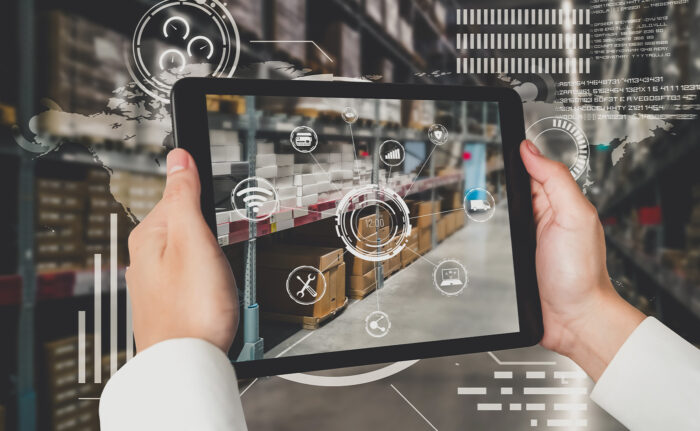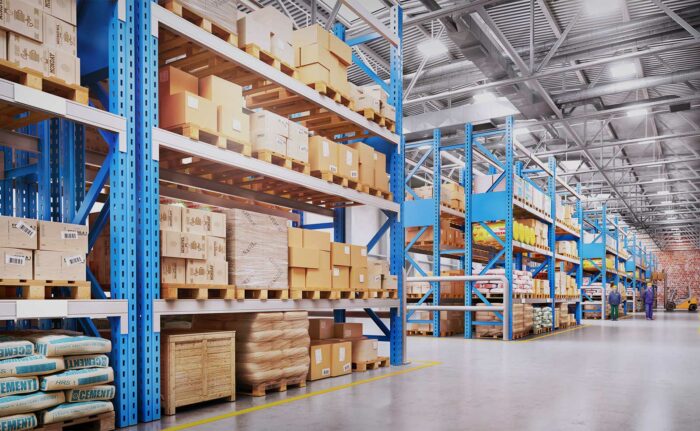
Consumers dramatically changed their food shopping habits during the pandemic. On the plus side for grocers – more people are cooking and eating at home meaning higher demand and higher profits. On the minus side – most grocery distribution infrastructures were not set up to meet the dramatic shift to online shopping, curbside pickup and ultra-fast delivery.
The height of the pandemic taught the industry that the ability to pivot is critical. But for many in the grocery industry, the changes to processes and systems have been reactive and “hit and miss.” And even the grocers who managed the pivot effectively enough to get the job done and provide for their customers, the cost of adjusting to ever-changing circumstances was higher than they were comfortable swallowing. The cobbled-together systems and processes that brought massive shifts in how consumers access groceries weren’t built for the long haul in many instances.
Now we can see that the results of these hastily assembled processes are having on both large and small grocers:
- 86% of grocers were dissatisfied with their online profitability.
- Projected $14 million margin loss per $1 billion in sales by 2025 due to the change in revenue mix between in-store sales and online sales.
- 92% of grocers were dissatisfied with their online order picking efficiency
- 80% of food retailers stated that hiring issues were having a negative impact on business.
- 97% stated they experienced some product spoilage in their fresh food deliveries
Online Grocery orders grew by nearly 300% during the pandemic and show no signs of coming back down. Change of this magnitude rarely occurs in the grocery world and it has the potential to greatly increase the revenue and expansion of those who take advantage of this new era.
Some companies were more prepared for the abrupt shift towards online shopping and were better positioned to transition during the pandemic. Some other companies – even industry disruptors – are taking this opportunity to evolve with the market and revolutionize grocery distribution, such as Amazon, Instacart and Uber.
How are the leaders managing the shift? Most are doing it with better, more modern food supply chain software technology (like a Food & Beverage WMS or food service distribution software) and automation that can pivot with them, handling the new challenges to come. It’s about being proactive instead of doing damage control.
Ideally, the new technology will:
- Manage inventory in real-time, with little difference in accuracy between the store and warehouse.
- Provide data at every touchpoint, increasing visibility and providing the tools companies need for improved forecasting.
- Embrace a future that is likely to include increased use of automation and robotic technology, incorporating both into systems and processes that better enable adoption, training and employee retention.
- Translate inventory levels to online ordering platforms to avoid stockouts and the necessity for order substitutions and refunds.
- Handle the complex nature of orders from various platforms with multiple options for getting products into the customers’ hands.
- Be able to incorporate new fulfillment facilities, including in-store and new warehouse formats (like micro-fulfillment centers) with ease.
What should the industry be prepared to expect next? Grocers who have weathered the storm can take the knowledge they have gained and act on it by preparing for a more digitized future and investing in more intuitive, flexible processes and the technologies that support them.
Want to learn more? Check out our white paper: “RETHINKING GROCERY DISTRIBUTION IN THE AGE OF E-COMMERCE“.


